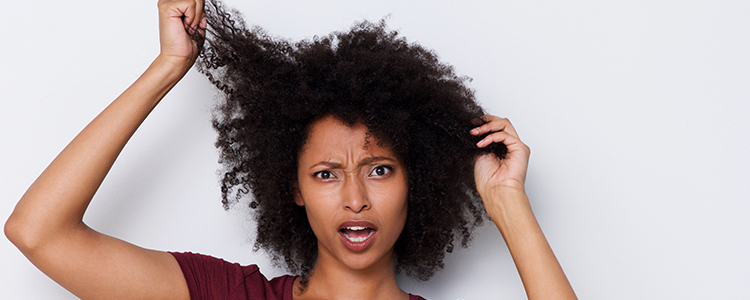
Hair Loss
Hair shedding is normal - until it stops growing back, leaving bald patches. Hair loss, often referred to as alopecia, comes in different forms. You may have heard of traction alopecia which is self-inflicted, but there are other forms that occur as a result of an autoimmune disease or the ageing process. Nevertheless, there are treatments available to both treat and prevent hair loss.
Contrary to popular belief, hair loss does not only affect men but many women too. On average we lose around 80 strands a day. If you suffer from chronic hair loss, these strands will suddenly stop growing back. You may realise that your is thinning over time or is visibly reduced in volume. Hair loss does not only occur on your head but in different parts of your body or all over.
For example, when a person has alopecia areata, the hair falls out in round patches on the scalp and elsewhere on the body. When it comes to hair loss there are so many potential triggers, which means it can be tricky to pinpoint the exact reason why your strands are falling out. Remedying the situation is then affected too. This is where a dermatologist comes in. At-home remedies like castor oil and peppermint oil cannot solve a deeper medical problem.
Dermatological hair loss treatments
- Cortisone injections.
- Excimer light for alopecia areata.
- Mesotherapy.
One of the important factors in treating hair loss is to find out if it is genetic or reactive. If you have relatives who have experiences or are experiencing hair loss around a particular age, your hair loss may be genetic especially if it is in the same area. Reactive is when you are experiencing hair loss due to a trigger like tying your hair too tightly.
Most common triggers for hair loss
- Hormonal imbalances.
- Stress
- Dramatic weight loss.
- Hypothyroidism or hyperthyroidism.
- Anaemia.
- Vitamin B12 deficiency.

